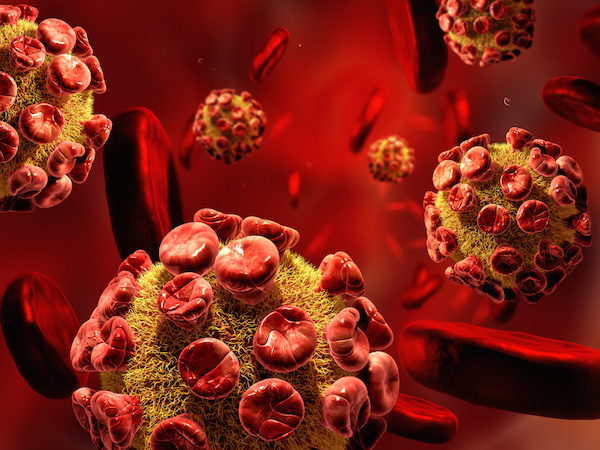
FRIDAY, Dec. 11 (HealthDay News) — Deleting a gene that suppresses natural growth factors enables regeneration of injured nerve fibers (axons) in mice, a new study shows.
The finding may lead to new treatments for people with brain and spinal cord injuries.
Researchers at Children’s Hospital Boston deleted the gene SOCS3 — an inhibitor of a growth pathway called mTOR — in the retinal ganglion cells of mice. These cells are in the optic nerve, which carries signals from the eyes to the brain.
Removel of SOCS3 resulted in vigorous growth of injured axons. The greatest improvement was seen after one week, when the researchers also detected signs that the mTOR pathway was re-activated. Axon growth increased even more when the researchers applied a growth factor called ciliary neurotrophic factor (CNTF) directly to the eye of mice in which SOCS3 had been deleted. But CNTF only modestly boosted axon growth in mice that still had SOCS3.
“CNTF and other cytokines [cellular signaling molecules] have been tested for promoting axon regeneration previously, but with no success,” study leader Zhigang He, of the F.M. Kirby Neurobiology Center at Children’s Hospital Boston, said in a university news release. “Now we know that this is due to the tight negative control of SOCS3. Inhibiting SOCS3, using small molecule compounds or RNA interference, might allow these cytokine growth factors to be functional.”
The study appears in the Dec. 10 issue of Neuron.
More information
The U.S. National Institute of Neurological Disorders and Stroke has more about spinal cord injury.

